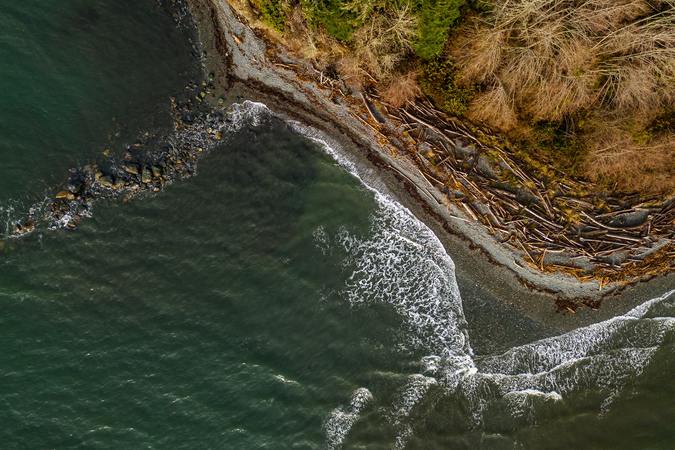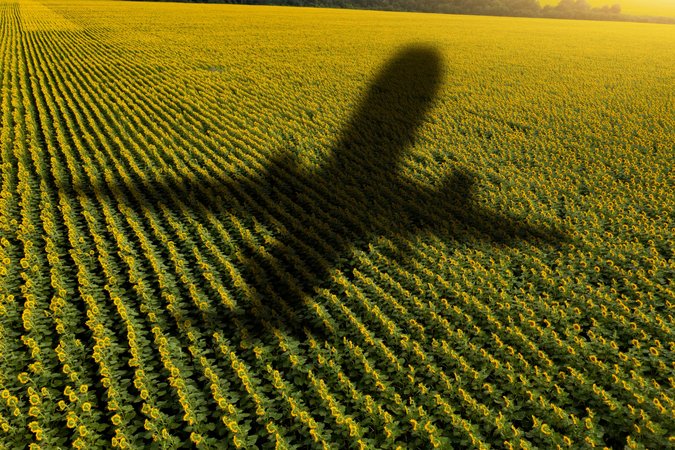Social Targeting Conservation Subsidies in the Western Lake Erie Basin
This paper‘s simulation results highlight that even the most willing farmers are unlikely to install a wetland if construction is not fully subsidized.
Abstract
Achieving public conservation objectives often requires voluntary conservation on private land. However, some landowners are reluctant to participate in voluntary conservation programs, even when offered financial incentives. Heterogeneity in willingness to participate suggests that policymakers can improve conservation outcomes by strategically targeting subsidy program outreach, messaging, and design to landowners who are more likely to enroll, which we call “social targeting.” This paper informs social targeting a subsidy to farmers to construct wetlands in the Western Lake Erie Basin in the United States. We use a discrete choice survey and a latent class model to identify preference heterogeneity and farmer attributes associated with willingness to construct wetlands. Willing respondents prefer larger projects, but fully subsidized construction is vital for participation. Simulation results highlight that even the most willing farmers are unlikely to install a wetland if construction is not fully subsidized. Policy practitioners should target outreach to younger farmers and larger farms. Outreach strategies should focus on private benefits from the wetland, such as aesthetic values and hunting opportunities, highlight farmer responsibility for Lake Erie water quality, and promote positive social norms surrounding wetland construction.
Authors

Matthew Ashenfarb
Yale University

Carrie Dale Schaffer-Morrison
University of Essex

Robyn Wilson
The Ohio State University

Sandra Marquart-Pyatt
Michigan State University




